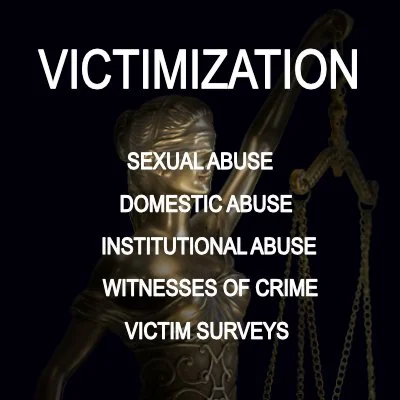By Kylie Butler and Jasmine B. MacDonald
This policy and practice paper describes what we know about the relationship between intimate partner violence (IPV) and violence against family animals. It covers: (a) the forms of violence against family animals in an IPV context; (b) why perpetrators of IPV use violence against family animals; (c) how violence against family animals affects victim-survivors; and (d) implications for practice including tips for supporting clients who may be experiencing violence against family animals in an IPV context. Key messages ƒ Some evidence suggests that violence against family animals may be an indicator of frequent and severe IPV patterns. ƒ Perpetrators may threaten, harm or kill family animals with an intention to control victimsurvivors, cause emotional distress and/or control animals. ƒ Violence against family animals has negative effects on the physical and psychological wellbeing of victim-survivors, including children and family animals. ƒ Many victim-survivors report staying with, delaying leaving or returning to perpetrators due to fears for the safety of family animals left with the perpetrator. ƒ Actions at the practitioner, service and systemic levels to strengthen support for victimsurvivors of IPV who have experienced violence against family animals include: − screening for violence against family animals and providing support with animal-inclusive safety planning − increasing access to animal-inclusive crisis accommodation ƒ strengthening relationships between IPV support services, animal welfare services and law enforcement
Southbank VIC 3006 Australia Australian Institute of Family Studies, 2024. 16p


